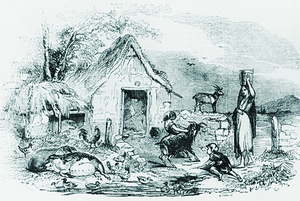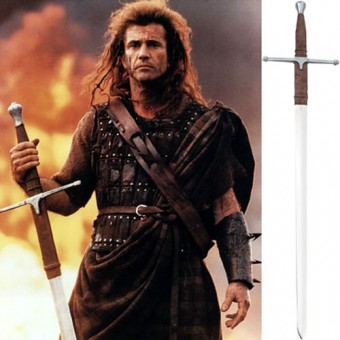Search Results for 'English army'
5 results found.
‘ Long life to Napoleon and to Your Honour:’

The one thing that distressed Prince Hermann von Puckler-Muskau, during his visit to Galway in the summer of 1828, was that ‘the dirt, the poverty, and the tattered clothing of the common man was beyond belief.’ He finds this hard to accept. He has just come from London, which was then possibly the most prosperous city in Europe, with its great shops, merchandise, theatre, and visitors. After Trafalgar (1805), British ships could sail the seas, and extend its empire unchecked; and after Waterloo (1815), its armies were triumphant and feared.
O’Sullivan Beara - The Last Gaelic Chieftain
AIDEN DOOLEY, creator of international hit show Tom Crean Antarctic Explorer, comes to the Town Hall next week with his acclaimed new play about the remarkable life of Gaelic chieftain O’Sullivan Beara.
The last free Chieftains of Ireland
Some weeks ago I wrote that probably the greatest muster of the Irish Gaelic lords that ever gathered on a battlefield took their place on either side at Knockdoe, Co Galway, on August 19 1504. The O’Donnells and the O’Neills, from their great northern fiefdoms, fought for law and order on the side of the Earl of Kildare who successfully imposed the king’s rule on his rebellious and quarrelsome son-in-law the Earl of Clanricard, Ulick de Burgh (Burke) of Claregalway castle. Ulick’s marriage to Kildare’s daughter, and his disregard for her, gave the Earl a personal reason for the battle; but his allies were equally anxious to display their loyalty to King Henry VII, the undisputed king of England after the protracted and bloody Wars of the Roses.
William Wallace’s sword to be carried in Galway’s St Patrick’s Day Parade

The sword of Sir William Wallace, the Scottish knight and national hero who led his country in the Wars of Scottish Independence, will be displayed in Galway next week and carried in the city’s St Patrick’s Day Parade.
Will the Lane pictures be the Queen’s gift to Ireland?

Ireland has every possibility of getting back the 39 controversial paintings, willed to the Irish people by art collector Sir Hugh Lane at the beginning of the 20th century, but which remain in London because the codicil to his will was not witnessed. “Hugh Lane’s intentions were absolutely clear”, the dynamic director of the Hugh Lane (formerly Dublin City) Gallery, Ms Barbara Dawson said in Coole last weekend, “there is no reason on earth why the paintings are not on Irish soil permanently.”

